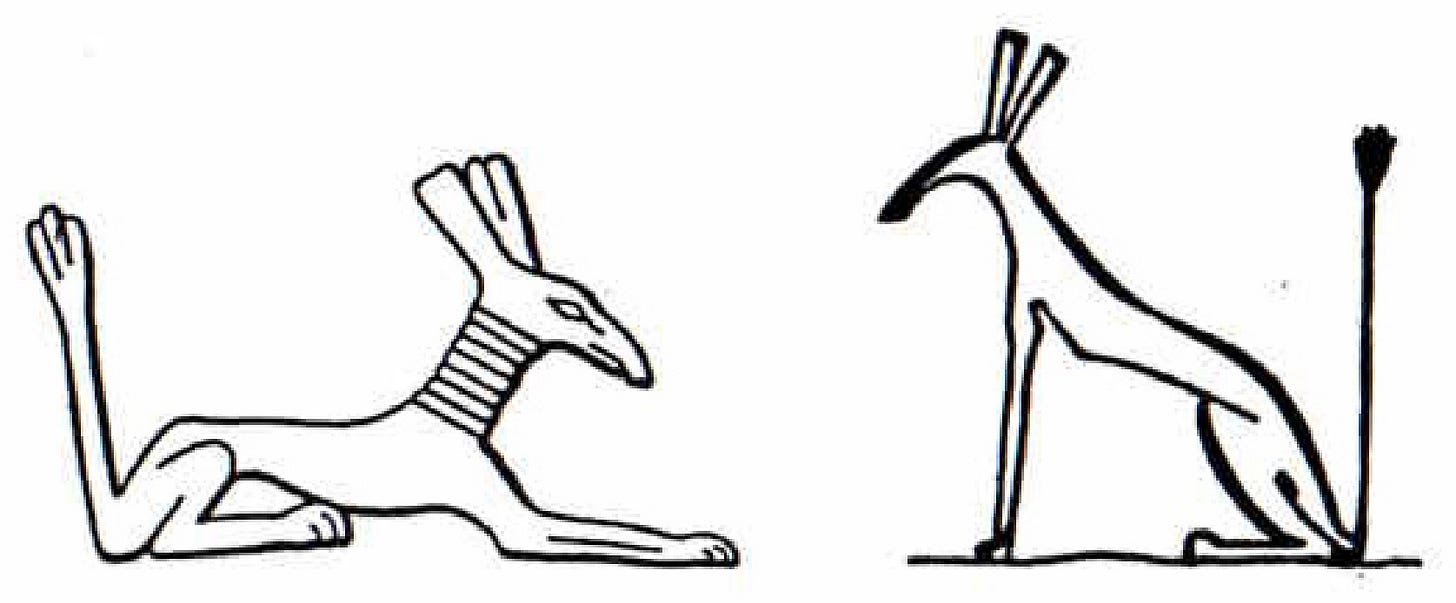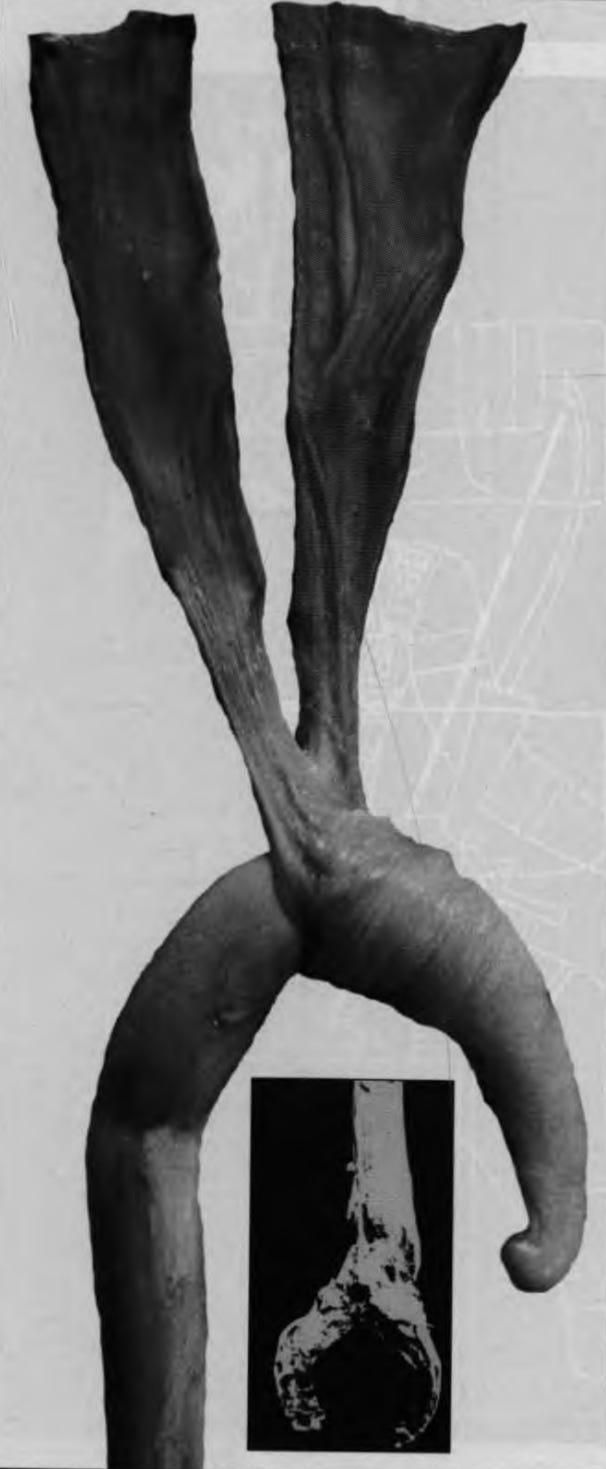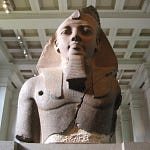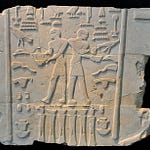What, exactly, is the was scepter? Essentially, it’s a stick with the head of a long-snouted, big eared animal, held by divinities in their hands to demonstrate their power. This familiar symbol of power and dominion held by kings and deities, usually masculine, in artistic representations throughout ancient Egyptian history appears often in art motifs. Images of was scepters are even pictured holding up the sky in Book of the Dead imagery. But where did this strange fetishized scepter come from and what was it made of? In this episode Kara and Amber discuss Seth, the ancient Egyptian god of chaos and violence, and how the origin of the was scepter is linked to the strange representation of Seth in animal form known as the Set animal and how it might find an even deeper and more esoteric origin in African bull cults.
Show notes
This blog post has several photos of was scepters, including the faience was scepter discovered by Petrie and Quibell (now in the Victoria and Albert Museum), as well as an example of the combination ankh/was/djed scepter described by Kara.
Flight into Egypt: Black Artists and Ancient Egypt, 1876–Now (The Met)
Kara’s online course on ancient Egyptian creation mythology: Secrets of the Primordial Waters
Sources
Richard Lobban, “A Solution to the Mystery of Was Scepter of Ancient Egypt and Nubia,” KMT: A Modern Journal of Ancient Egypt (10/3), 1999, 68–77.
R. A. Lobban and M. Sprague, “Bulls and the W3s Sceptre in Ancient Egypt and Sudan,” Anthrozoös 10, 1997, 14-22.
Schwabe, Calvin W., Joyce Adams, and Carleton T. Hodge. “Egyptian Beliefs about the Bull’s Spine: An Anatomical Origin for Ankh.” Anthropological Linguistics 24, no. 4 (1982): 445–79. http://www.jstor.org/stable/30027646.
Te Velde, H., 1967, Seth, God of Confusion: A Study of His Role in Egyptian Mythology and Religion, Volume 6, Probleme der Ägyptologie (Brill).
W. M. F. Petrie and J. E. Quibell, Naqada and Bellas, 1895. London.

Lobban and Sprague’s Anthrozoös article is paywalled and Lobban’s KMT article with photos of the was scepter experiment is not available online, so we include here two of Lobban’s photos from the experiment, which were published in the KMT article cited above (p. 76–77). [If you are reading these show notes on Apple Podcasts or Spotify, you can see these photos in the post for this episode (#105) at ancientnow.substack.com.]

















Share this post